What is Android MDM & 7 Best Android MDM Solutions
Android 14 beta has released to testers in April 2023 and is only available for specific mobile phones like Pixel, Lenovo, OnePlus, and etc. As Android devices are used by a large number of enterprises for work purpose, the OS upgrade may have an impact on their device management system. Some functions may disable, for examlpe, the policies. But one positive is the improved security, which means a lot to organizations. Addintionally, Android 14 brings new features to enteprises, such as suspend work apps in work profile, and disable Ultra-wideband (UWB) in corporate-owned device.
Both BYOD (Bring your Own Device) and COPE (Corporate-owned Personally-enabled) devices can be better managed. Just need an Android MDM solution that keeps up with updates.
In this article, 7 top Android device management solutions are listed below. And we will go deep into Android Mobile Device Management to provide necessary assistance.
- Part 1 : What is Android MDM?
- Part 2 : How does Android Mobile Device Management Work?
- Part 3 : 7 Best Android MDM Solutions (Free & Paid)

- Part 4 : What are the Key Features of Android Mobile Device Management?
- Part 5 : How to Set up Android MDM Solution
- Part 6 : How to Choose the Best Android MDM Software for Your Company
- Common Questions
Part 1: What is Android MDM? How it Works?
Android MDM refers to the process and solutions of managing Android OS devices, such as policy enforcement, app management, file management, data encryption, and user access management in order to enhance company security and productivity.
Part 2: How does Android Mobile Device Management Work?
You will need a terminal, like a PC, to open the MDM admin console then use it as a centralized center. You can also call the terminal controller.
On the managed device side or namely controlled end, such as smartphones and tablets, a supporting application needs to be installed on them. With the app, you can further complete enrollment and network managed devices with the controller.
Enrollment options are various in Android including zero-touch, QR code, NFC, token and etc. Regardless of the method, once enrollment is completes, the IT personnel can use the MDM platform for subsequent device management.
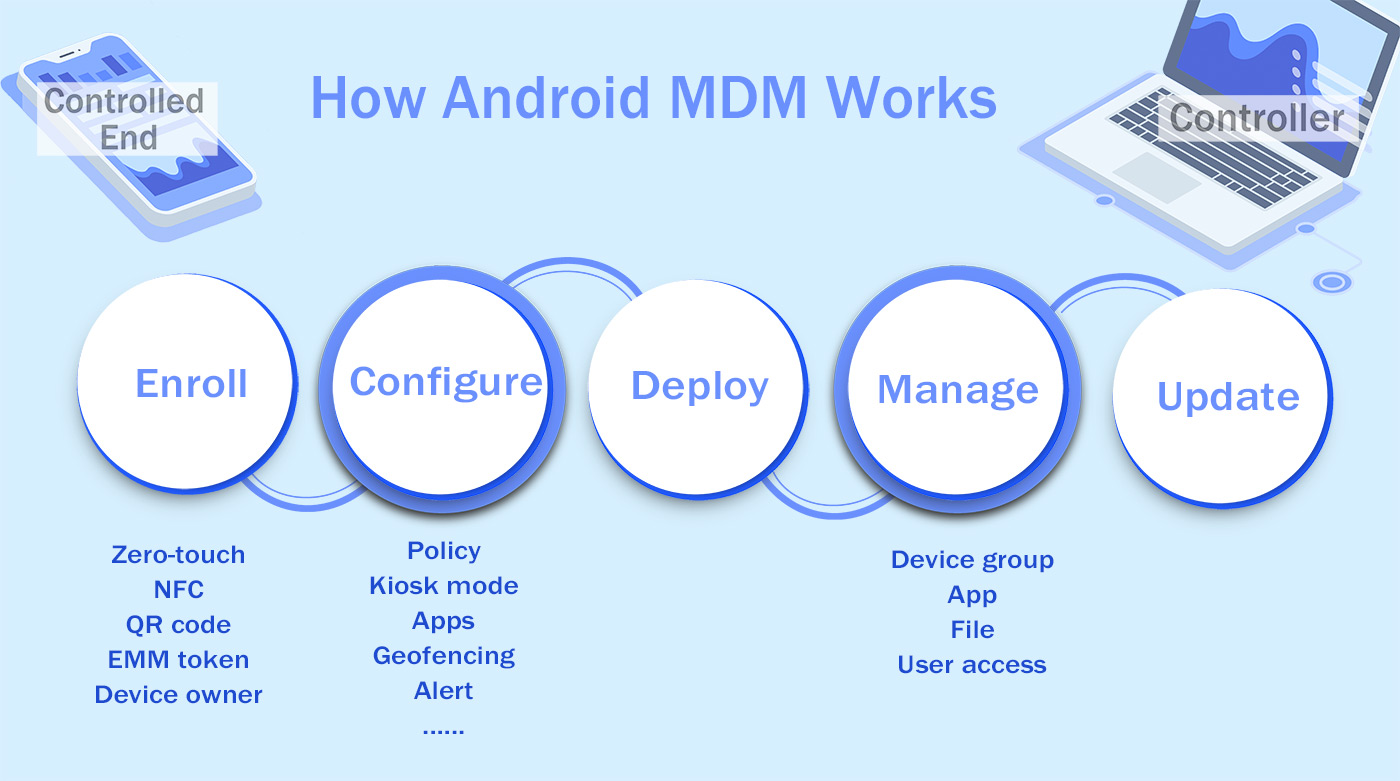
Speaking of Android MDM, it's impossible to get around Android Enterprise (formerly Android for Work), a program with joined device manafactures, resellers, and device management service providers.
Why say so? Android Enterprise is the jumping-off point to grow the Android MDM ecosystem. It turns Android devices to fit in with work needs and ignites the mobile device management software market. Since remote working mode has become mainstream, companies require more enterprise-use tools for device and app administration, as well as data security, resulting in the flourishing development of MDM for Andriod.
Android MDM tools are usually used by the IT department and support these device types:
- Devices used by employees (including employee-owned and company-owned), such as smartphones, tablets, Android TV, POS, custom devices, rugged handheld computer, scanners, etc.
- Devices used by customers, such as self-service kiosks, digital signage, vending machine, etc.
Part 3: 7 Best Android MDM Solutions (Free & Paid)
Depending on which Android MDM solution you choose, the features will vary. Each solution has its perks and allows you to do many different things under one software. Let’s review some of the top-rated tools in the market.
| G2 Rating | Pricing | |
|---|---|---|
| AirDroid Business | 4.8 | $12-33/device/year |
| ManageEngine | 4.5 | $1095-$1395/50 devices/year |
| Microsoft Intune | 4.5 | $8-18/user/month |
| Google Workspace | 4.6 | $6-18/user/month |
| Scalefusion | 4.7 | $2-6/device/month |
| Miradore | 4.6 | $0-2.75/device/month |
| IBM MaaS360 | 4.1 | $4-9/device/month |
1 AirDroid Business - Manage Various Android Device Types
AirDroid Business is one of the best Android MDM tools in the market and also an EMM provider of Android Enterprise. This tool provides multiple features covering deployment, management, monitoring, remote control and support for enterprise Android devices. And it supports cloud-based deployment and on-premise deployment for enterprises of all sizes.
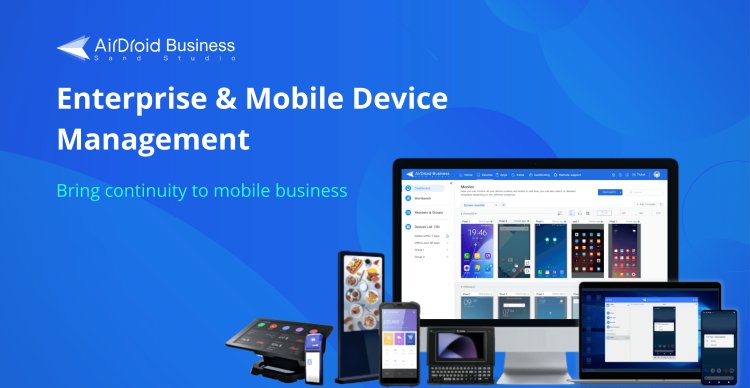
This system is not only limited to smartphones and tablets. Still, it can also manage Interactive kiosks, unattended devices, rugged devices, Point of Sale devices, vending machines or even any custom devices you might have in your company (as long it runs on Android).
AirDroid MDM pricing packages are incredibly flexible for SMBs and even big enterprises, from $12 - 33 per device per year. It has a free trial period of 14 days and is allowed to experience all features during the period.
Key Features
- Security policy for password, network, APN, file transfer, forced stored data encryption, and another system settings.
- Mobile application management (GMS devices supported) including auto-update rules, configure app permissions, force installation, uninstallation, clean app data, app allowlist & blocklist, etc.
- AMS service to release, test, and deploy enterprise-owned apps.
- Kiosk Mode for single-app & multiple apps, custom kiosk browser, and website whitelist.
- Remote access and control, such as Black Screen Mode, remote camera, and real-time voice chat.
- Monitoring, alerts, and automated workflows.
- Others: zero-touch enrollment for bulk devices, file transfer, user management, and geofencing.
Pros
- Affordable pricing
- Remote control & remote support
- Cloud & on-premise deployment
- Supports various Android endpoint devices
- Full device visibility
- Easy to use
- With ISO 27001, GDPR compliance, AES (256-bit) session encryption, and others
Cons
- Android-only
2 ManageEngine Mobile Device Manager Plus
For a comprehensive mobile management experience, you can choose ManageEngine Mobile Device Manager Plus. This Android MDM open source tool provides remote access, geo-tracking, device management interfacing, and user provisioning, and is able to add custom toolkit.
It allows you to manage and control different kinds of devices, whether computers, laptops, smartphones, and tablets that run Android, iOS, macOS, Chrome OS, and Windows.
There are two pricing packages. The Cloud version costs $1,395 per 50 devices per year, while the On-Premise package will set you back $1,095. It has a free trial period of 30 days.
Pros
- Feature-rich
- Customizable widgets
- Works well with other products
Cons
- Difficult to learn
- Some features might not be helpful.
3 Microsoft Intune
This is a cloud-based MDM solution for Android that guarantees the security of your devices and data while providing you with flexibility to choose and scale. Some of the best features of the tool include the likes of remote malware scans, tailored staff notifications, analytics and reporting, and automated software updates.
Microsoft Intune supports Windows OS, macOS, and Android devices.
Microsoft includes its Enterprise Mobility service in bundles, such as Microsoft Security. As for prices, you can choose $8 to $18 per user per month.
Pros
- Windows support
- Multiple Microsoft products integration
- Affordable
Cons
- Relatively high price
- Complex operation
4 Google Workspace MDM
Google MDM offers fantastic services such as centralized device management, remote data wipe, screen lock, remote logout, and limited user access.
The best MDM tool supports Android mobile devices from 6.0 Marshmallow and later. Plus, Apple devices are supported as well.
You can try Google Workspace MDM for free in 14 days. Pricing starts from $6 per user per month to $18.
Pros
- Secure and comply with Google Play protection
- Easy to use
- Google toolset available
Cons
- User limit, up to 300
5 Scalefusion
Scalefusion is another excellent platform for Android device and endpoint management. You get kiosk mode, location tracking features, content management, network settings, etc.
Scalefusion supports Android devices from version 5.0 and above.
Its Starter package will set you back $2 per device per month, while the Enterprise package is $6 per device per month.
Pros
- Browser Management
- Automate your IT tasks
- Affordable Pricing
Cons
- Hard to learn
- No messaging in the offline dashboard
6 Miradore
If you are looking for a free Android MDM and are just starting, then Miradore is an excellent option. It has a free plan packed with these features: lock and wipe device, reset device passcode, lost mode, storage encryption, detect system update status, and others.
The cloud-based Android mobile device management software supports Android devices from version six and newer. In addition, IOS, macOS, and Windows are supported as well.
The Premium package will set you back $2.75 per device per month and has a free trial period of 14 days.
Pros
- Affordable pricing
- Unlimit device enrollment
Cons
- The free version does not have a lot of features.
7IBM Security MaaS360 with Watson
Developed by one of the leading names in the computer industry, IBM, the MaaS360 is one of the best Android MDM software. It is geared towards security and protects all your devices against online threats. It offers AI capabilities to help use the system to its optimum capacity and make it easy to implement policies like BYOD.
It supports a wide range of devices, including Android mobile phones, Windows computers and laptops, and even the Internet of Things devices.
As for the pricing, the MaaS360 packages range from $4 to $9 per device per month.
Its G2 rating is 4.0. To read reviews please click here.
Pros
- AI Capabilities
- Advanced tools for content management
- Content Collaboration
Cons
- Windows devices might need a manual enrollment
- Limited functionality across some platforms
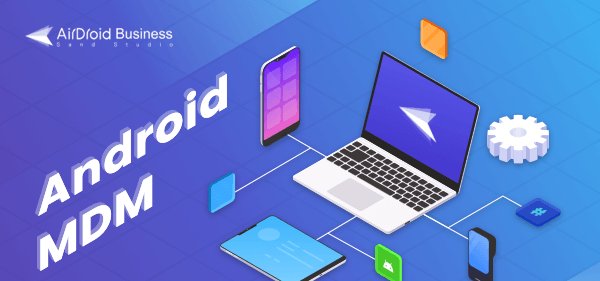
Part 4: What are the Key Features of Android Mobile Device Management?
Due to the open source characteristics and diverse apps in the market, Android mobile devices suffer more cyberattacks than iOS. Plus, the workplace now features a mix of smartphones and tablets in the post-Covid-19 era for remote work. Mobile devices are prone to cybersecurity threats like malware, spyware, data leakages, and the likes. Therefore, companies need to invest in Android device management tools to help maximize security and improve work productivity.
Concretely, it’s used for:
1Secure Company Data
You can use Andriod MDM solutions to implement better security practices within the company. Using them, the IT department can control devices within the system remotely and protect Android devices against online threats.
Features that help:
- Policy - An MDM policy is a set of rules that dictate how your employees should use the devices within the establishment. For example, you can set up rules to reset password, block file transfer and unsafe network connectivity, etc.
- Remote Control - Wiping and locking a connected device remotely will help in the case of device loss or theft.
- App Management - The feature is responsible for blocking or allowing certain apps within the enrolled device and manages the usage permission on these apps. It’s helpful to prevent malware as well as misuse by employees.
- Monitor & Report - Android MDM software will keep eye on the device status and user logs. Admins are allowed to read an analysis report through the console which contains info like how your employees use the connected devices and apps, mobile data usage, and any violation of the set MDM policies.
2Improve Working Efficiency
This is another reason to use Android MDM providers. The administrator can use it to offer specific working applications according to groups. In addition, some of the providers, like AirDroid MDM, are allowed to execute the preset tasks automatically.
Features that help:
- Kiosk Mode - The lockdown feature limits app and browser usage. If you want to improve employee efficiency, it helps block access to non-work-related apps and websites. Besides, kiosks and digital signage are common objects to use the Kiosk mode and the admin can remote lock down the device screen in bulk.
- Geofencing - A map feature is contained to monitor the device location and allow tracking footprint of the device. Usually, Geofencing is suitable for company-owned devices that are allocated to employees, such as Android tablets for truck drivers.
- Remote File Management - Sharing or deleting files online under data encryption.
3Balance Employee’s Privacy and Work Data
Android offers a built-in security feature named work profile in those GMS (Google Mobile Services) devices. Once it’s set up the feature, the admin can choose to access work profile space without interfering with the employee’s privacy. And the MDM solution will only control device settings and applications within the work profile.
The separated management on personal and work data satisfies both company and employees.
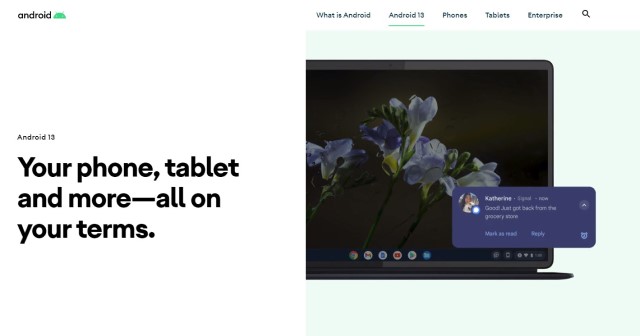
Part 5: How to Set up Android MDM Solution
Here is a simple step-by-step guide to set up and deploy the Android device to an MDM solution.
- Step 1.Enroll Android devices
- Log into the MDM console. Go to ‘Device’ - ‘Device Enrollment’ - ‘The Enrollment via Device Owner’ - ‘6 times Tap’. Then scan the QR code on the right with the device camera so that to install AirDroid Biz Daemon, an app to help connect the MDM console and the device.
- Step 2.Create a policy configuration file
- In ‘Policy & Kiosk’, the admin can set up several restrictions and rules to define how an employee can use the device. For example, you can mandate complex password settings.

- Step 3.Set up alerts and workflow
- Some operations can be automatically executed once the preset alert is triggered. In ‘Device’ - ‘Workbench’, the admin can choose alert types and set them up.

Part 6: How to Choose the Best Android MDM Software for Your Company
1 Check what deployment methods are supported
There are essentially two deployment options - Cloud and on-premise. And most of the MDM providers are available for cloud deployment.
What’s the difference between cloud and on-premise? The answer is whether your company data is stored on a third-party cloud server or the server you used locally.
Cloud deployment will keep data in the server that is used by Android MDM software, such as AWS. If you want to reduce expenses on hardware and server, it will be an ideal choice.
If you want the device and user information kept on your own server, you should choose an MDM solution with on-premise deployment. It completely holds the privacy in hand, but note that it requires higher technical capacity.

AirDroid MDM offers flexible deployment methods, click here to see which is best for you.
2 Check how data is secured and managed
It is also vital that an Android MDM solution must guarantee your devices and data will remain secure at all costs. Generally, the security and credentials will be listed on the home page. Or, you can check the details in Security Center of the MDM software, such as AirDroid Security.
Here are some certifications and compliance to look at:
- ISO 27001: international standard on managing information security.
- GDPR (General Data Protection Regulation): the strictest privacy and security laws.
- 256-bit AES encryption: encryption standard adopted by the U.S. government. Now it has been commercially used to protect digital data.
3 Take device user into consideration
Device users decide what features need on Android MDM solutions.
If you take a mobile device management strategy for BYOD, CYOD, or COPE, that is to say, device users are aimed at employees, you’d better use an MDM tool compatible with GMS service.
If you want to manage hundreds of Android devices that are used by your customers, an MDM for AOSP devices is better matched for your needs.
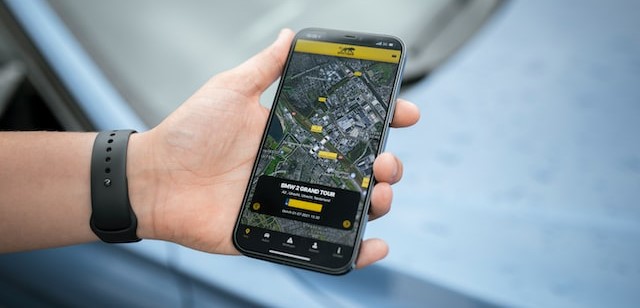




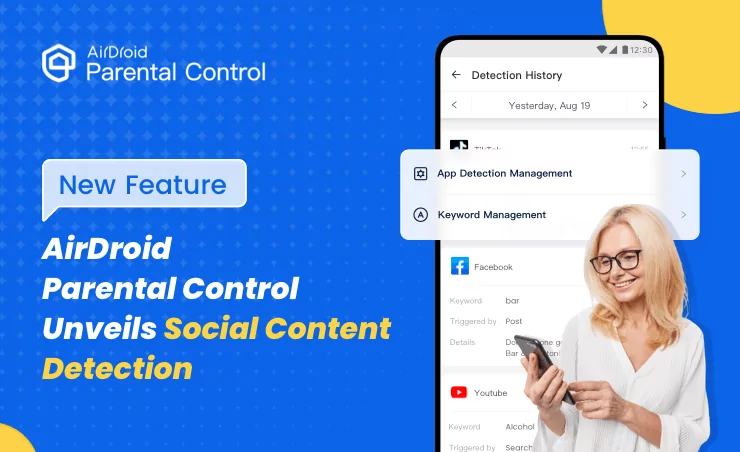
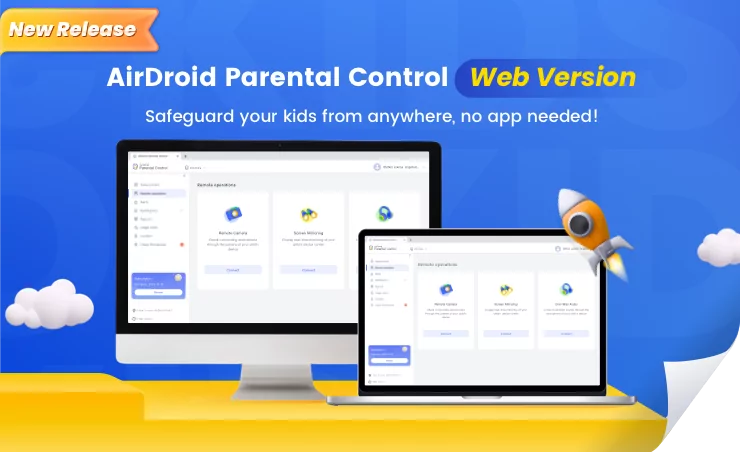

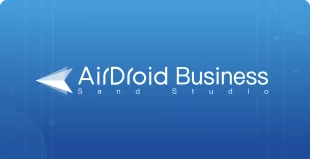

Leave a Reply.